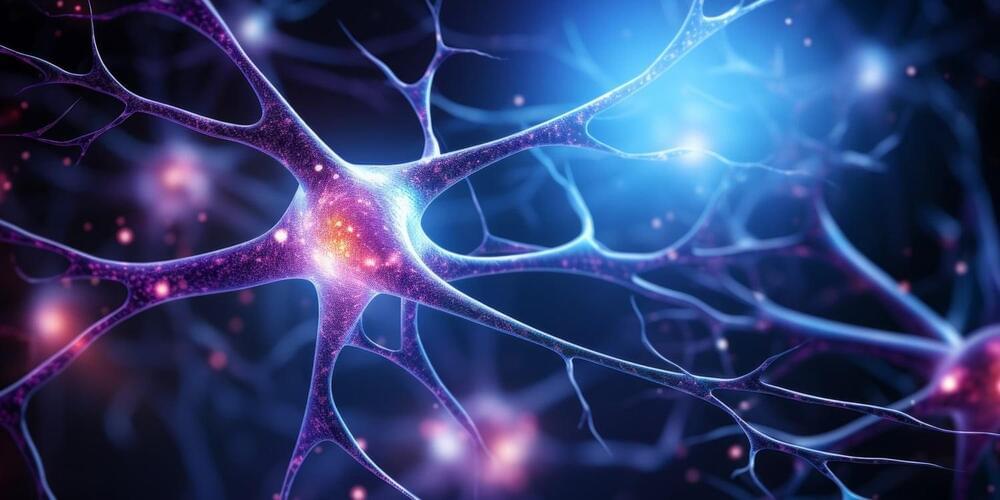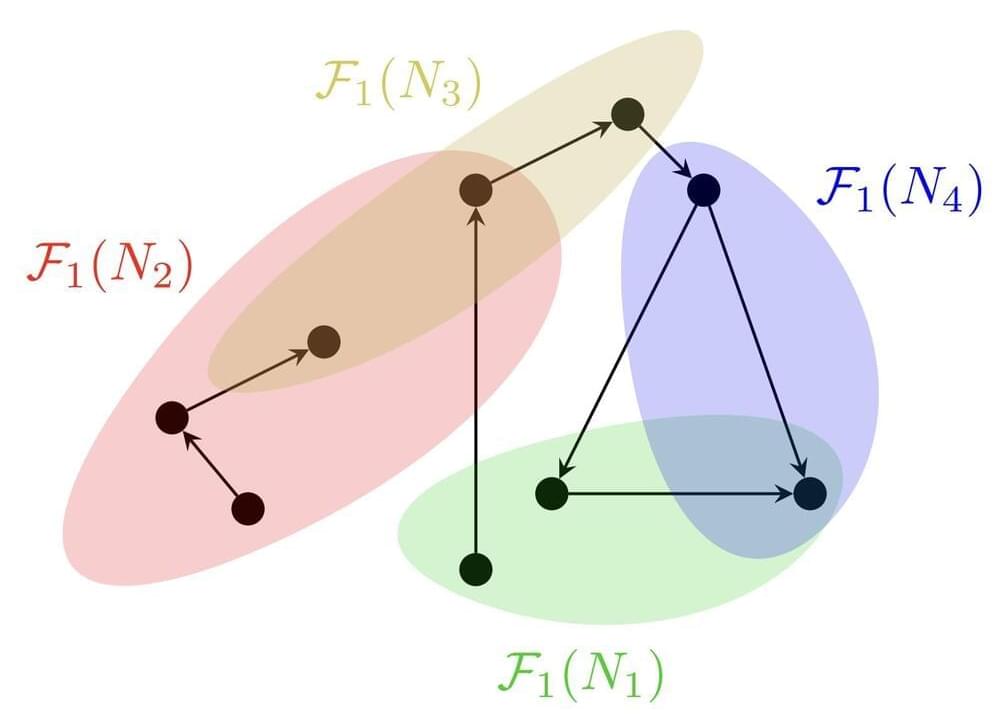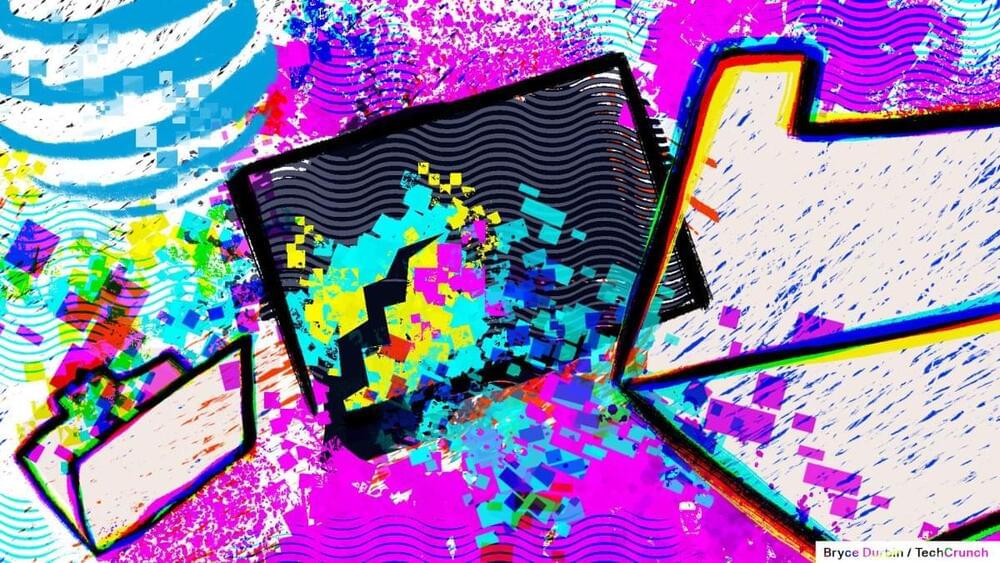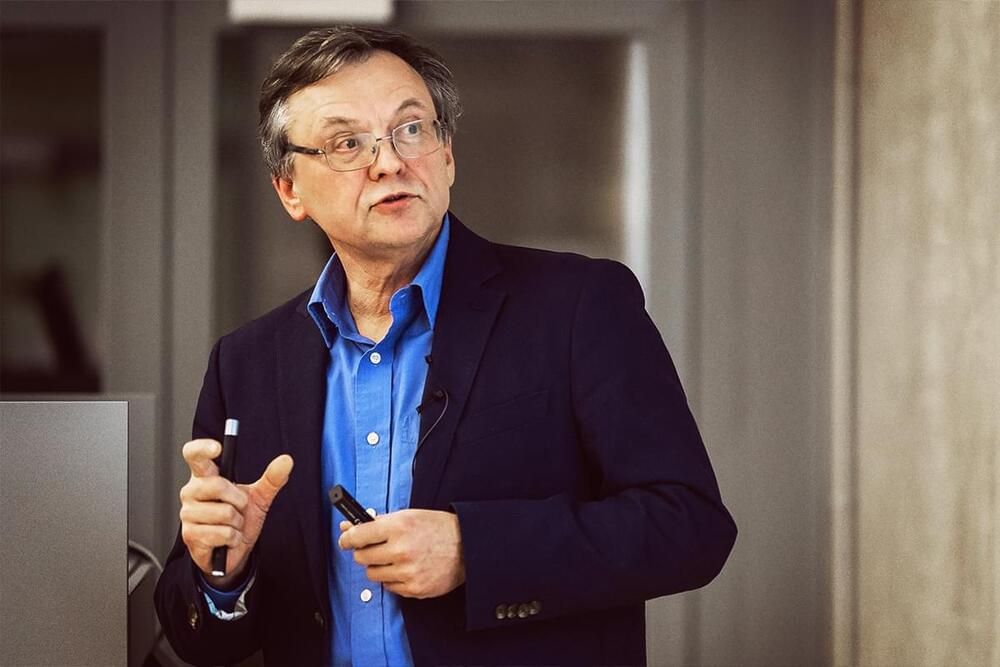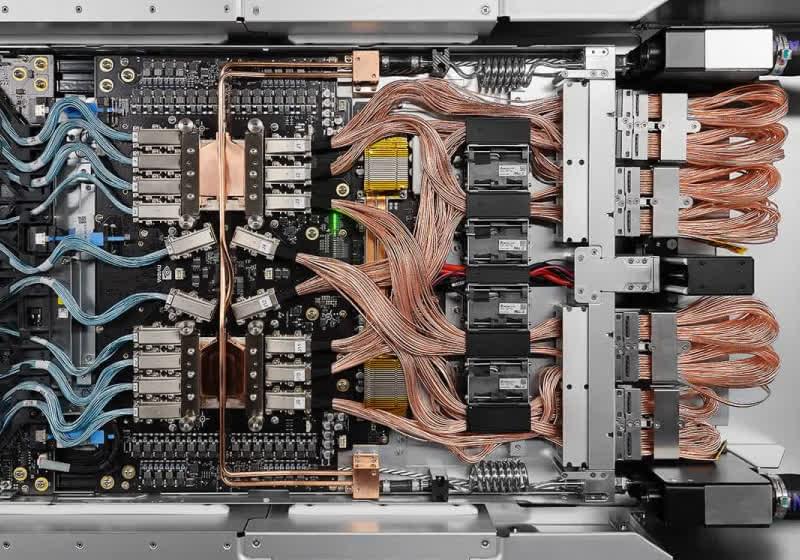
Crazy: Few would argue that Elon Musk is driven. Despite his various detractors, the entrepreneur has built Tesla and SpaceX into major competitors, if not leaders, in their respective industries. This success comes amid various side endeavors like Neuralink and Twitter/X transition. Now, his xAI team has gotten an AI supercluster up and running in just a few weeks.
Elon Musk and his xAI team have seemingly done the impossible. The company built a supercluster of 100,000 Nvidia H200 Blackwell GPUs in only 19 days. Nvidia CEO Jensen Huang called the feat “superhuman.” Huang shared the incredible story in an interview with the Tesla Owners Silicon Valley group on X.
According to Huang, constructing a supercomputer of this size would take most crews around four years – three years in planning and one year on shipping, installation, and operational setup. However, in less than three weeks, Musk and his team managed the entire process – from concept to full functionality. The xAI supercluster even completed its first AI training run shortly after the cluster was powered up.
